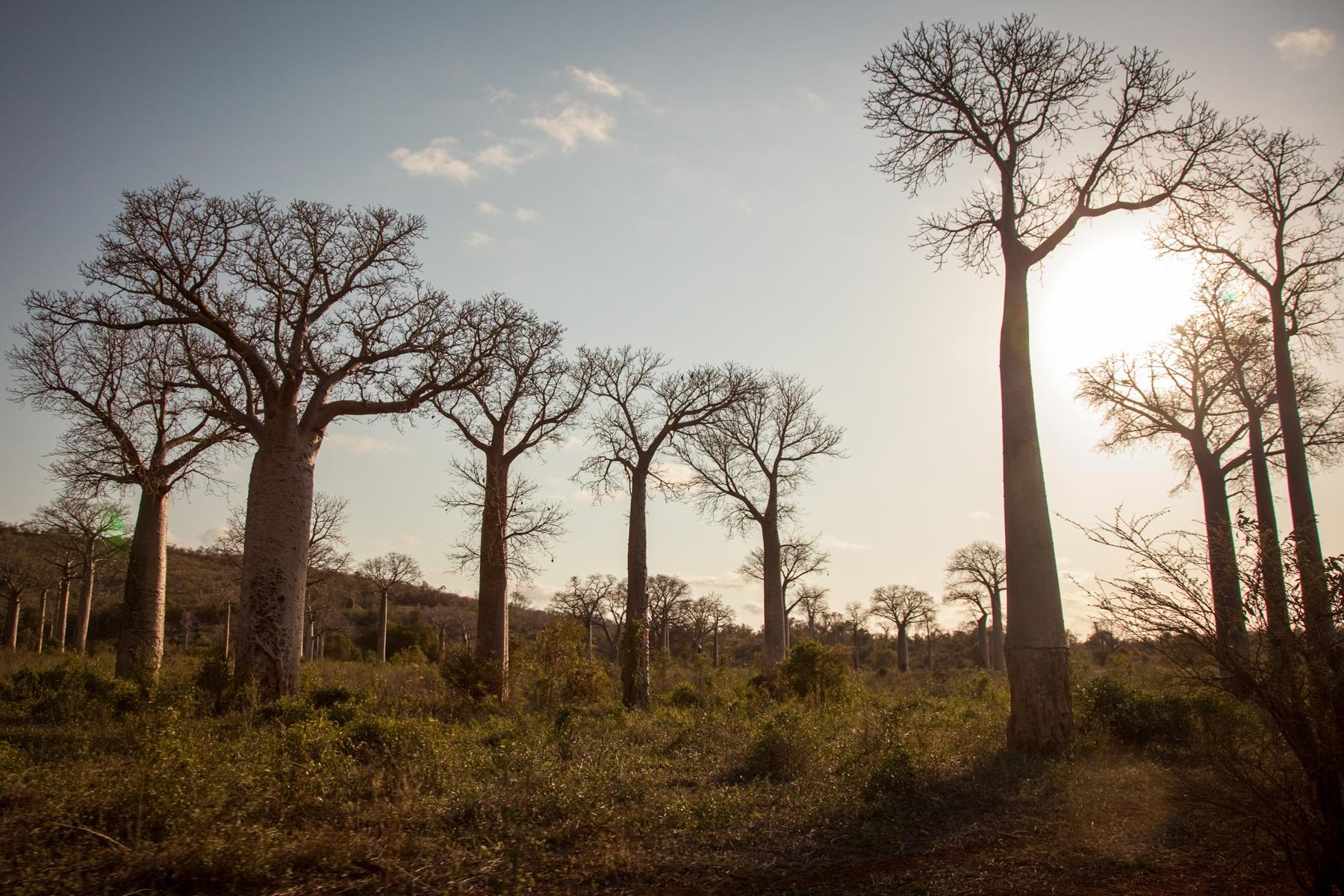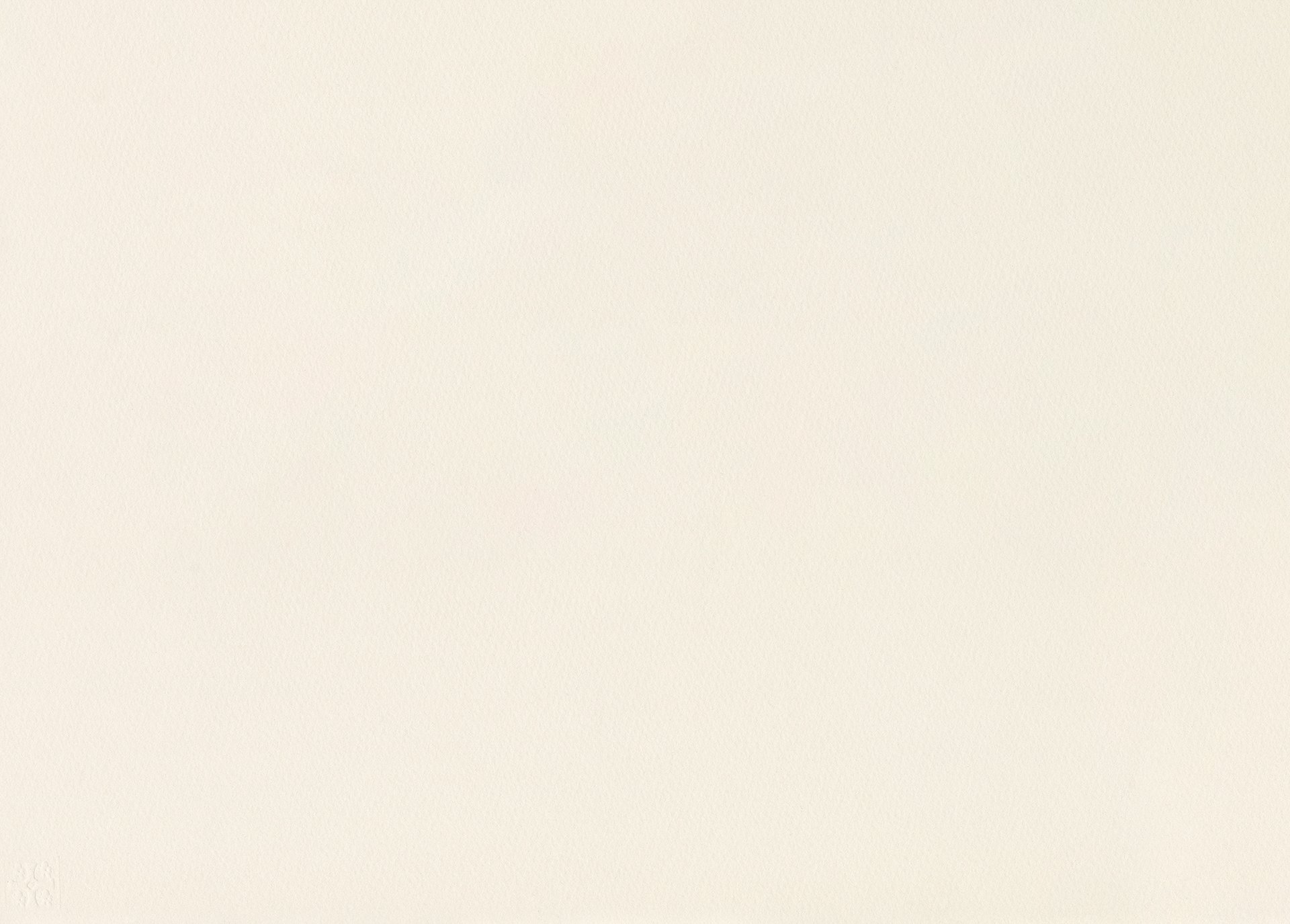
HO AVY
Forest Conservation and Community Development in SW Madagascar

Madagascar, the world’s 4th largest island, located 250 km off the east coast of Africa, is one of our planet’s biodiversity hotspots—a veritable Eden of endemic plants and animals. It is also home to nearly 20 million Malagasy people, whose livelihoods are interwoven with the unique natural world that surrounds them.
Ho Avy, which means ‘the future’ in the Malagasy language, is a grassroots project in the arid spiny forest of southwestern Madagascar that uses reforestation and alternative livelihoods to protect biodiversity, adapting to local realities to maximise synergy between conservation and the well-being of communities.
I volunteered to produce a video and shoot a comprehensive photo library to be used across their communication channels, such as website, social media and funding proposals.
My very first impression of Madagascar was the smell of smouldering fires. I was more than ten miles out to sea on a 35ft catamaran, having just hitched a ride across the Mozambique Channel with two fellow South Africans (watch video journal here), when a musty aroma like wet ash permeated the fresh sea air. It was the first sign of civilisation since our departure and turned out to be an appropriate omen for what lay ahead.
We docked at the port of Toliara, a small town on the southwest coast. After spending eleven days at sea, we were all a bit shell shocked by the sudden exposure to the thronging of life in the dusty streets. People, buses, trucks, bicycles, scooters, dogs, chickens, pigs, cattle - everything was spinning around us. It took a few days to re-adjust. Basing ourselves in Toliara, we spent the next few weeks exploring the surf spots to the north and south. We saw some interesting sights and had a few good waves but I couldn’t help feeling a bit unsettled about what I was supposed to be doing on my photographic sabbatical.
I happened to meet an American by the name of Anthony Arnold, the co-founder of a small grassroots NGO called Ho Avy, which promoted forest conservation and community development. I mentioned that I was interested in volunteering opportunities and that I could assist with media related functions. He invited me to visit their project site in the rural village of Ranobe, 40km’s to the north of Toliara. It was here that I became better acquainted with the dilemma of the arid ‘spiny forest’ endemic to the southwest region of Madagascar and the Malagasy people who depend on it for their livelihoods.
The smell of smouldering fires turned out to be the result of the charcoal production process, which was happening on an alarming scale in the Ranobe forest and most of the southwest region. Huge tracts of forest were being cut down and burnt to produce charcoal for use as a cooking fuel. Charcoal is the only widespread cooking fuel available in Madagascar, which becomes clearly evident as you travel through the country. Besides charcoal production, illegal logging and slash-and-burn agriculture are also taking their toll on the few surviving remnants of intact forest.
It was agreed that producing a short promotional video outlining the environmental situation and the organization’s main activities would be the best way of putting my particular skills to use. The video would then be used to aid Ho Avy in raising public awareness and attracting potential volunteers and donors.
I spent the next month shooting the contrasting splendour and devastation of the Ranobe forest and the dynamic efforts of the Ho Avy organisation to conserve and rehabilitate the forest through their collaboration with local communities.
The most rewarding experience for me was being able to witness the day-to-day life of a rural Malagasy community and learn from an inspiring group of people who were doing whatever they could to help guide Madagascar towards a sustainable future.
To find out more, visit www.hoavy.org.
































